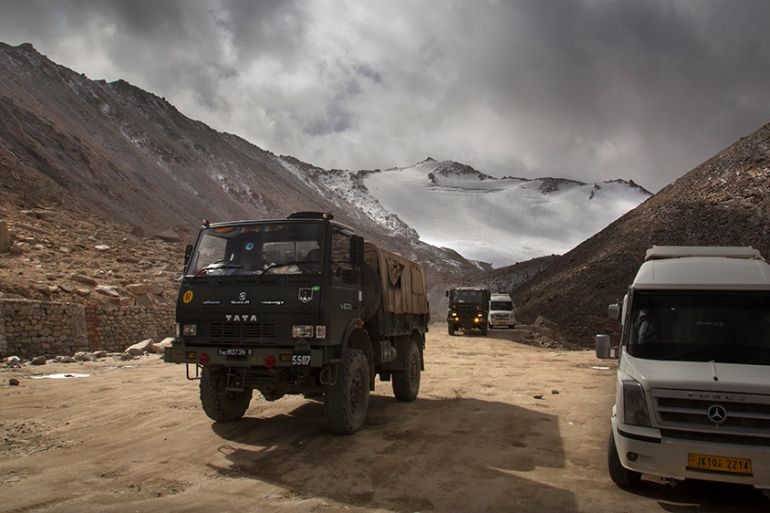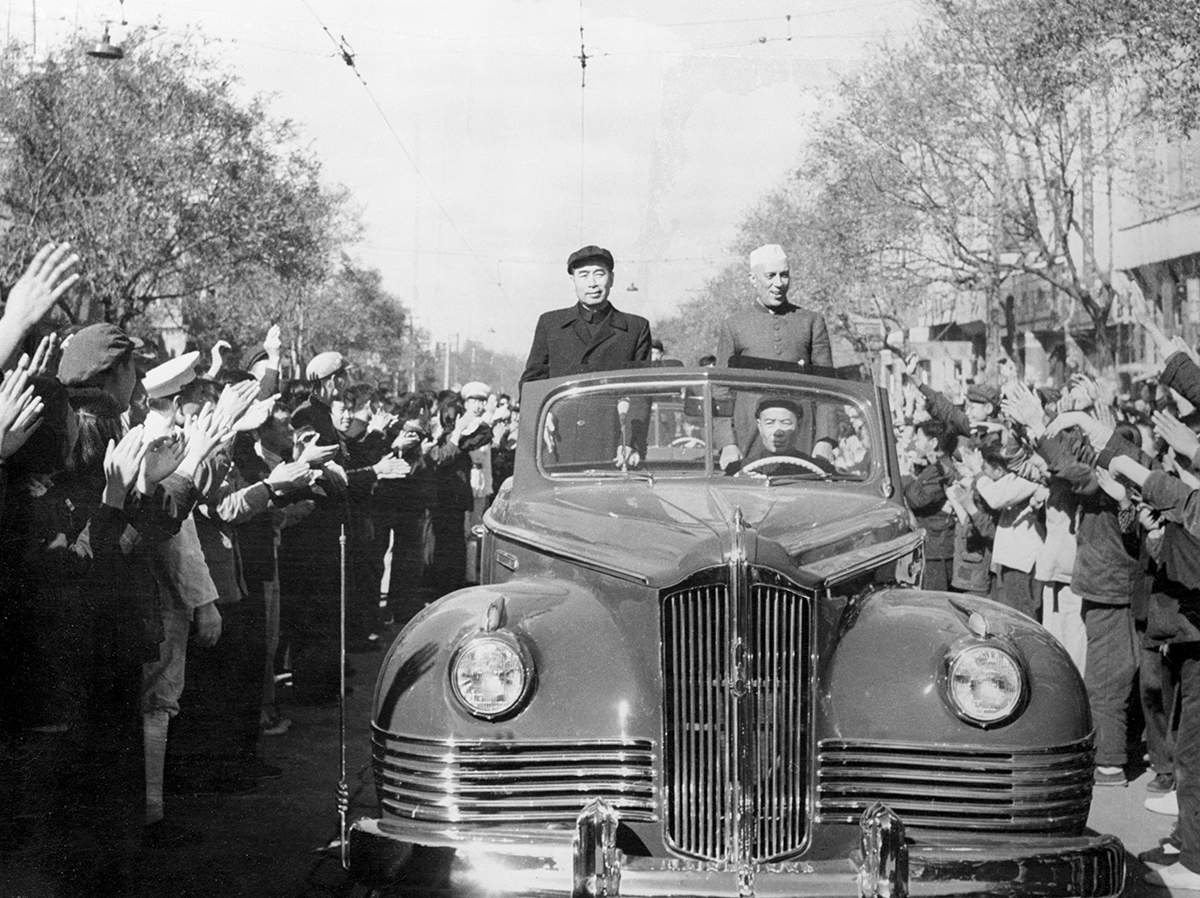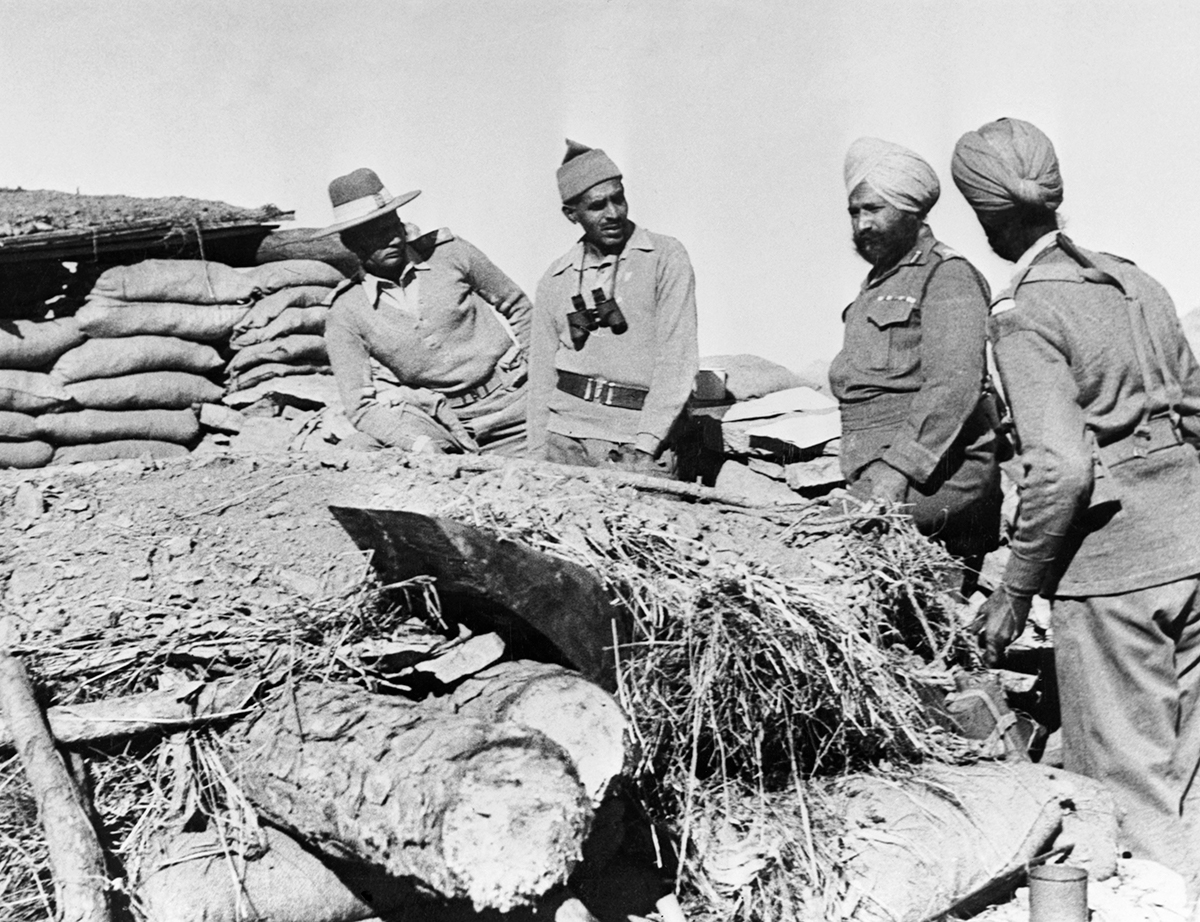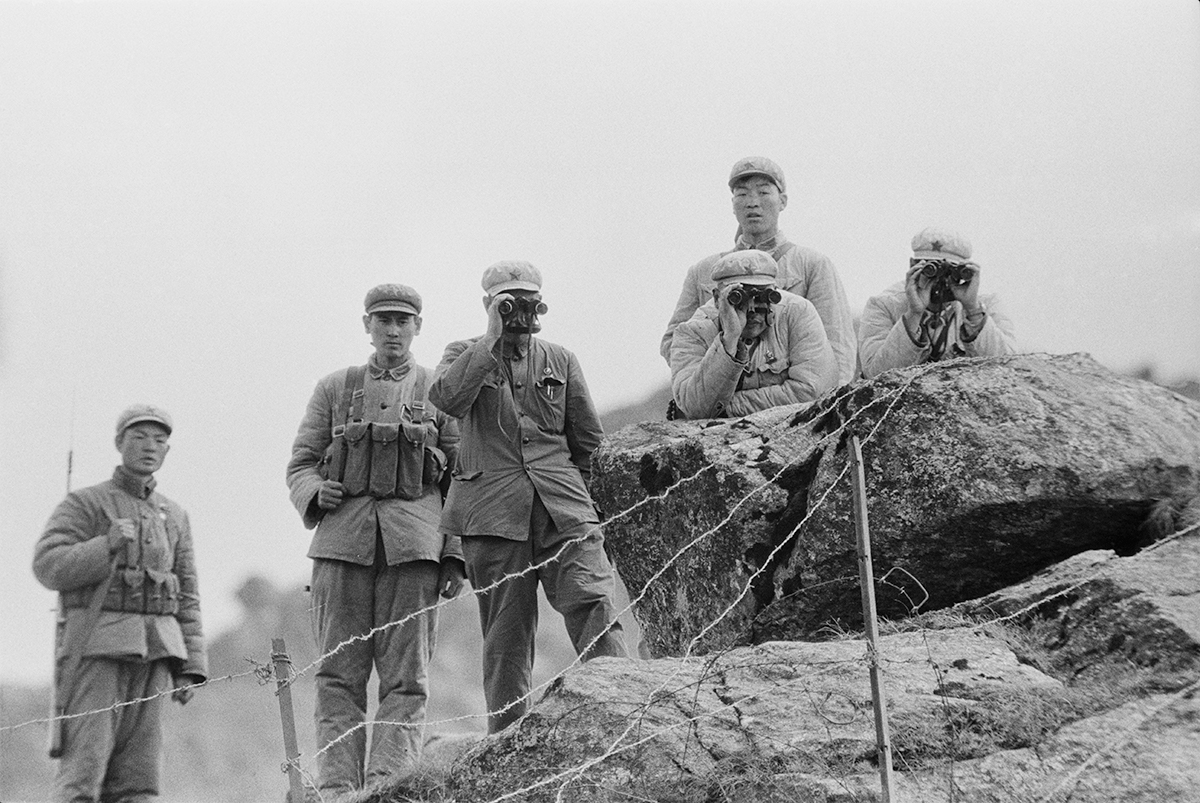India-China border tensions: Key dates in decades-long conflict
The nuclear-armed Asian powers share a long history of mistrust and clashes along their lengthy border.

Asian regional superpowers India and China share a long history of mistrust and conflict along their lengthy border, and tensions flared this week in their first deadly clash in more than four decades.
The world’s two most populous nations and nuclear-armed neighbours have never even agreed on the length of their “Line of Actual Control” frontier, which straddles the strategically important Himalayan region.
Keep reading
list of 3 itemsIndia-China border ‘face-off’: All you need to know in 500 words
‘All-out combat’ feared as India, China engage in border standoff
Recent decades have seen numerous skirmishes along the border, including a brief but bloody war in 1962.
Here are some key dates:
Nehru’s 1959 Beijing visit
India inherited its border dispute with China from its British colonial rulers, who hosted a 1914 conference with the Tibetan and Chinese governments to set the border.
Beijing has never recognised the 1914 boundary, known as the McMahon Line, and currently claims 90,000 square kilometres (34,750 square miles) of territory – nearly all of what constitutes India’s Arunachal Pradesh state.
The border dispute first flared up during a visit by India’s first prime minister, Jawaharlal Nehru, to Beijing in 1959.
Nehru questioned the boundaries shown on official Chinese maps, prompting Chinese Premier Zhou Enlai to reply that his government did not accept the colonial frontier.

1962 Sino-Indian War
Chinese troops poured over the disputed frontier with India in 1962 during a dispute over the border’s demarcation.
It sparked a four-week war that left thousands dead on the Indian side before China’s forces withdrew.
Beijing retained Aksai Chin, a strategic corridor linking Tibet to western China.
India still claims the entire Aksai Chin region as its own, as well as the nearby China-controlled Shaksgam valley in northern Kashmir.

1967 Nathu La conflict
Another flashpoint was Nathu La, India’s highest mountain pass in northeastern Sikkim state, which is sandwiched between Bhutan, Chinese-ruled Tibet and Nepal.
During a series of clashes, including the exchange of artillery fire, New Delhi said some 80 Indian soldiers died and counted up to 400 Chinese casualties.

1975 Tulung La ambush
This skirmish was the last time shots were officially reported to have been fired across the disputed border.
Four Indian soldiers were ambushed and killed along the dividing line in Arunachal Pradesh.
New Delhi blamed Beijing for crossing into the Indian territory, a claim dismissed by China.
2017 Doklam plateau standoff
India and China had a months-long high-altitude standoff in Bhutan’s Doklam region after the Indian army sent troops to stop China constructing a road in the area.
The Doklam plateau is strategically significant as it gives China access to the so-called “chicken’s neck” – a thin strip of land connecting India’s northeastern states with the rest of the country.
It is claimed by both China and Bhutan, an ally of India. The issue was resolved after talks.
2020 Ladakh confrontation
India on Tuesday said 20 of its soldiers were killed after a violent clash with Chinese forces a day earlier in the strategically important Galwan Valley on the Himalayan frontier, a dramatic escalation that represents the first combat fatalities between the Asian powers since 1975.
The clash follows weeks of low-level tensions after several Indian and Chinese soldiers were injured in a high-altitude fistfight on the border at Sikkim state in early May.
Within days, said Indian officials, Chinese troops encroached across the demarcation line further west in Ladakh region and India then moved in extra troops to positions opposite.
Last week, both countries said they would peacefully resolve the face-off after a high-level meeting between army commanders.
But on Tuesday, India revealed that those efforts had gone badly wrong, with both sides blaming each other.
Beijing confirmed there had been casualties in Monday’s clash but gave no further details.